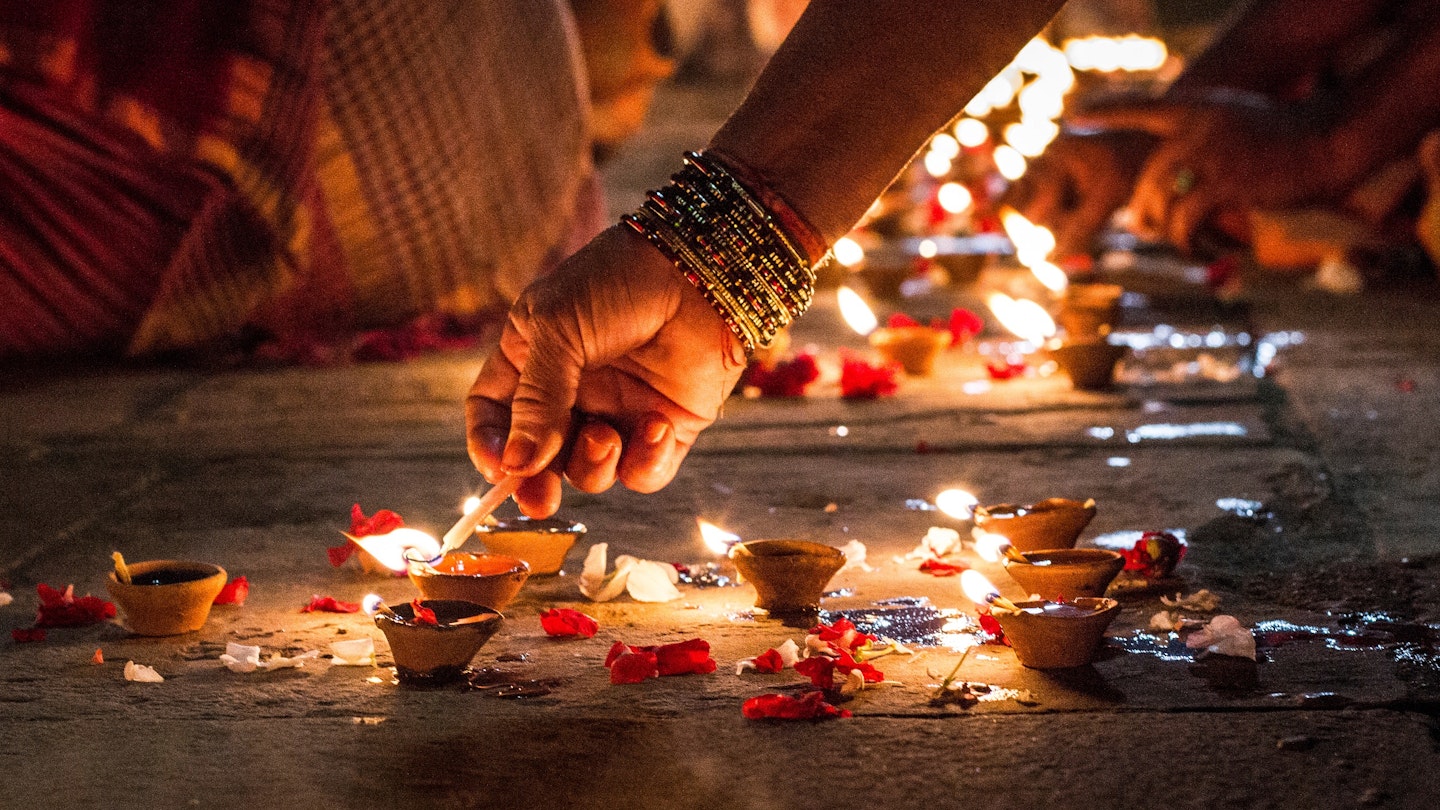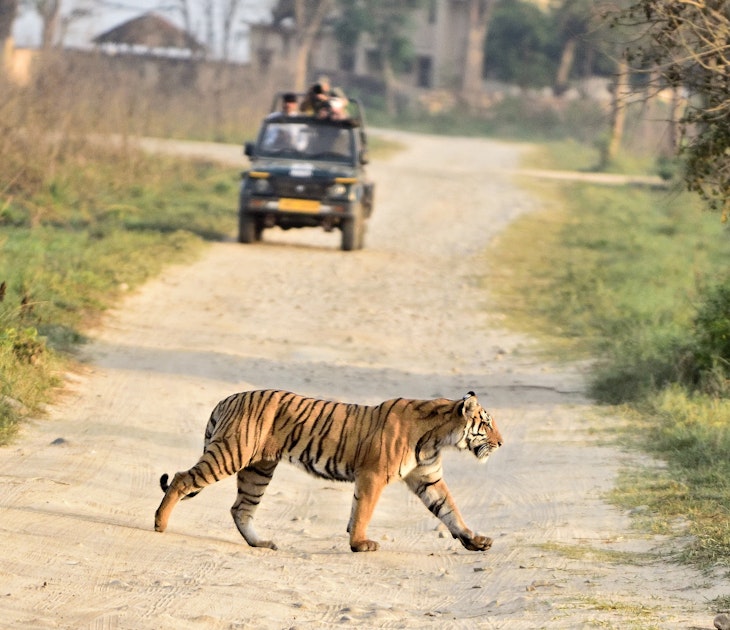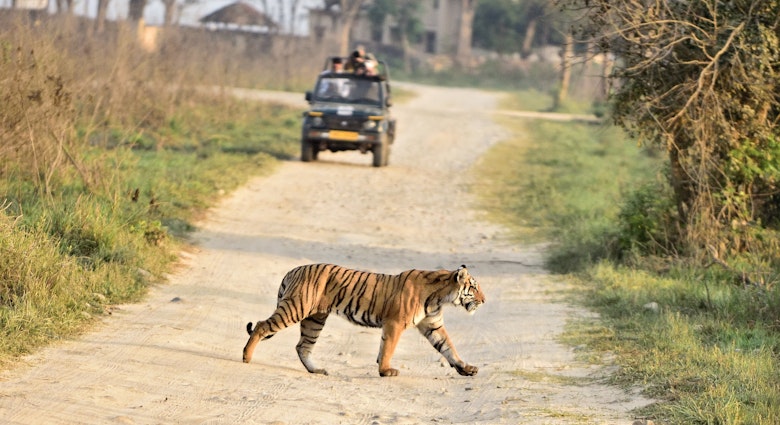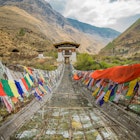I was about to travel alone for the first time in my life, and – not to sound overly melodramatic – I didn’t think I was going to make it home. India was calling, and on my back was a bag half-full of 300 hypodermic needles.
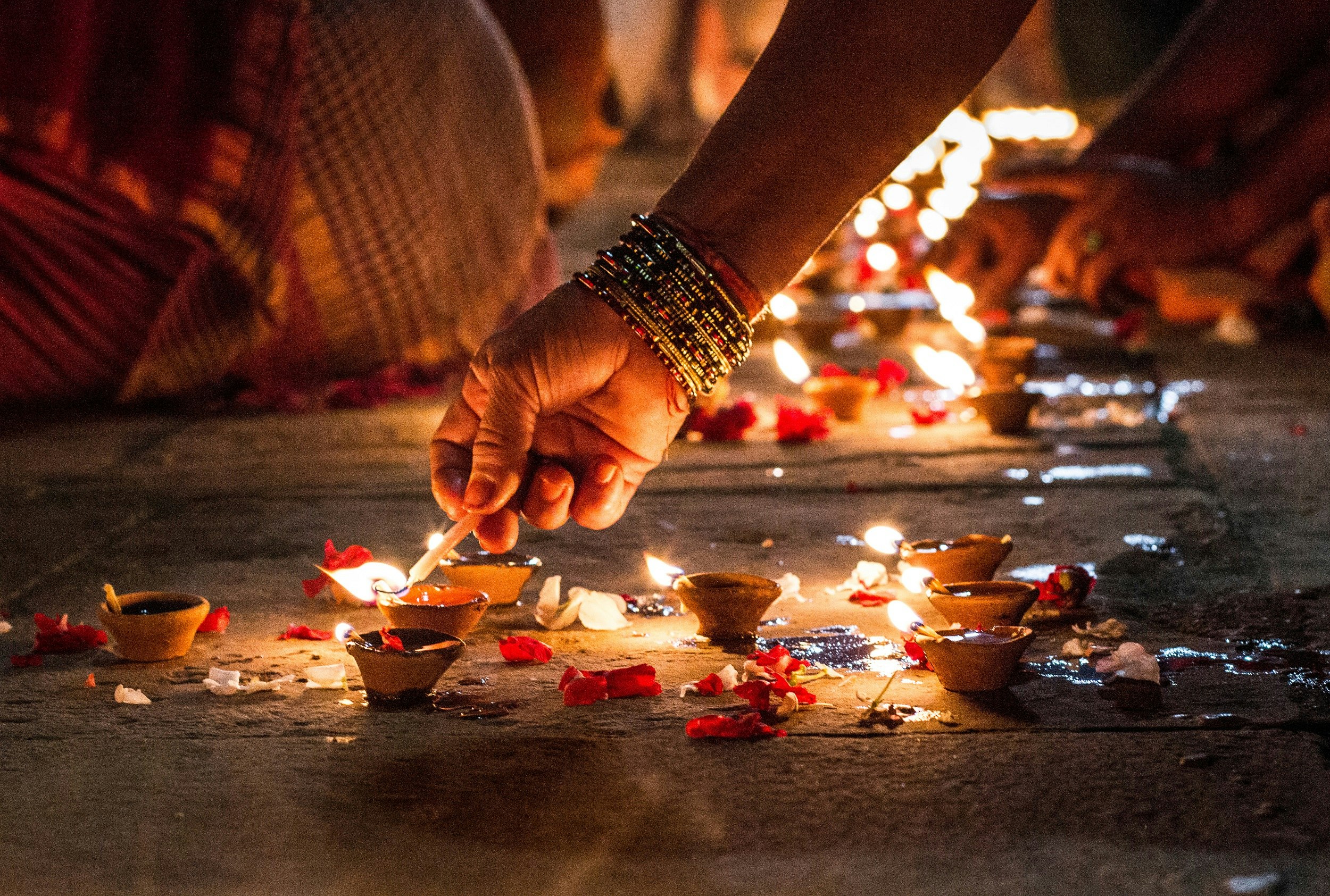
I’d just learned a couple weeks earlier that every 12 hours, like clockwork, I’d need to pull one out and inject myself in the stomach with blood thinner. Despite my overwhelming fear of death, I still knew I needed to go – I was a successful young geologist but wasn’t happy with life, and I hoped this solo adventure would be the kick in the backside my soul needed.
I landed in Varanasi, arguably the most overwhelming city in India. It’s a particularly sacred place for Hindus to die (liberating them from the cycle of birth, death and reincarnation), so the city welcomes countless Indian pilgrims who are nearing the end of their days. The sight of corpses is commonplace, and the first of many was carried past me within minutes of arrival. The streets were also heaving with life and poverty, and all the sights, sounds and smells that come along with it. The intensity of the situation was beyond anything that I had ever imagined, let alone experienced. Yet when I reached the western bank of the River Ganges, and looked down over all the funeral pyres to the grass-covered floodplains on the opposite bank, I felt such a sense of peace and calm.
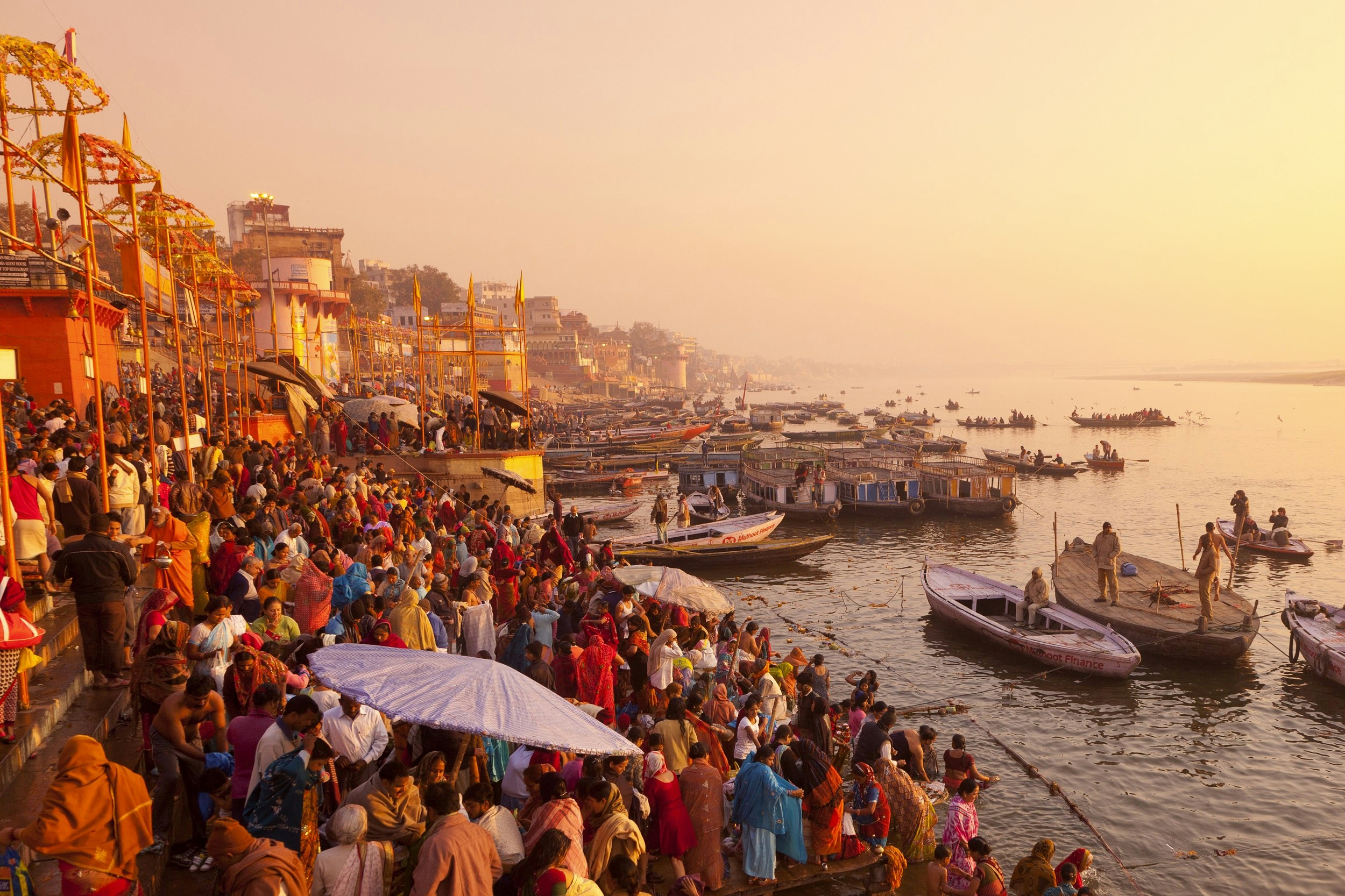
The take away
On the bank of the Ganges I witnessed life and death on full display, and at that moment I knew I’d not only love India, but my life too. My biggest realisation? The biggest tragedy wouldn’t be dying – it would be not actually living. I was right. That scared young geologist didn’t return home. I did.
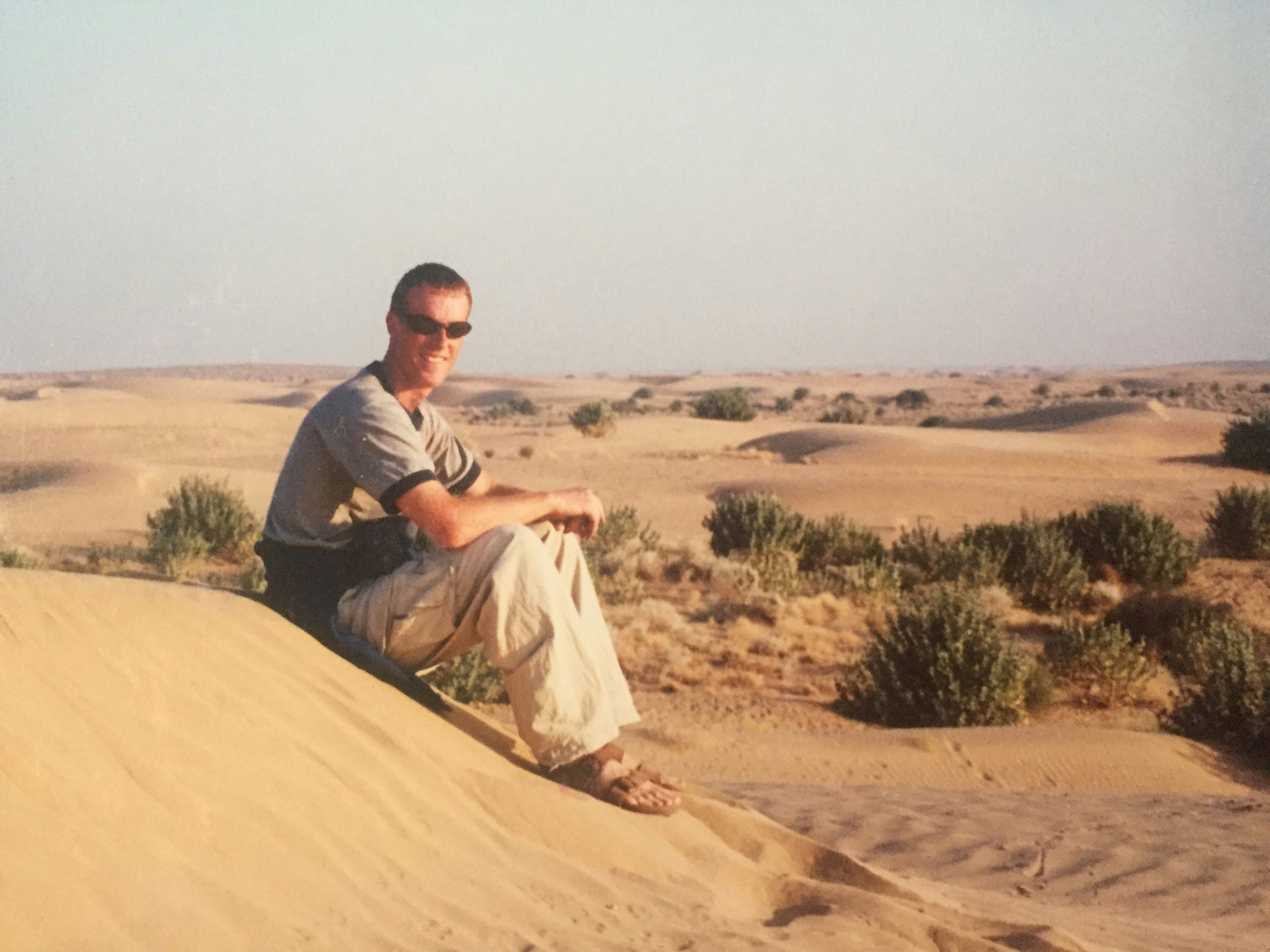
The build up
Varanasi is one of the world’s oldest continually inhabited cities, and is believed to date back to the 12th century BC. Though it wasn’t until almost two millennia later that its importance rose when the Indian theologian Shankaracharya unified the currents of thought in Hinduism. Funeral pyres have existed here for thousands of years, and they burn non-stop. But pilgrims don’t just come here to die and be cremated at Manikarnika Ghat, they also visit to wash away their sins in the waters of the Ganges and to worship the river itself.
The most moving times to visit the Ganges are at dawn, when the river and ghats (series of steps leading down to the water) are glowing in the day’s first rays of light, and at sunset when ganga aarti occurs at Dashashwamedh Ghat. The latter ritual involves fire being offered to the Goddess Ganga – you’ll see countless diya (clay dishes), each bearing flowers and a candle, placed in the river. The sight of these glowing tributes floating down a blackened Ganges in the dark is truly astounding. Varanasi is well connected to the rest of India by train, bus and plane.
You might also like:
The trip that changed my life: carefree campervan adventure in Scotland
5 tips for India first-timers
India's most beautiful stepwells and how to visit them
An architectural tour through Madhya Pradesh's empires
